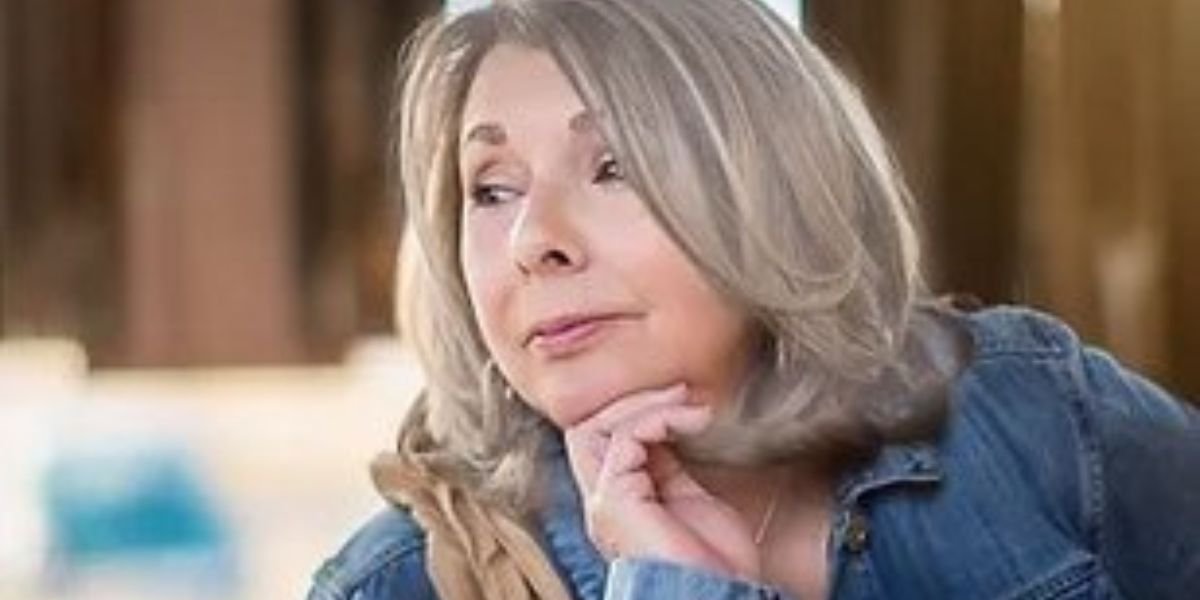Exploring Cultural Horizons with Eleen Lin

Moby-Dick Reimagined in Lin’s Cross-Cultural Canvas
Eleen Lin’s art explores identity and cultural intersections, drawing on her multicultural upbringing to create layered narratives that reinterpret classic stories and modern urban life through a globalized lens.
Eleen Lin’s artwork is a profound journey across cultures, mythologies, and identity, inviting viewers to explore the liminal space where East and West converge. Her distinctive approach—layering oil over acrylic to evoke both the elegance of traditional Chinese ink and the complex depth of oil painting—creates a visual language that is as arresting as it is interpretive. Through series like Pet Society and Mythopoeia, Lin offers narratives that challenge perceptions of belonging, adaptation, and the fluidity of cultural identity. Her works resonate universally while highlighting the deeply personal, and her accolades from institutions worldwide reflect the powerful cross-cultural resonance of her art.
In this interview, Lin provides insight into her creative process, the evolution of her cross-cultural narratives, and her perspectives on translation and interpretation. From the poignant connections between humans and animals in Pet Society to her reinterpretation of Moby-Dick through the lenses of translation and immigration in Mythopoeia, Lin’s journey exemplifies the artistic exploration of shared stories and nuanced identities. Here, Lin discusses the interwoven strands of her multicultural background, revealing how her art not only bridges cultures but also reshapes them into a new, collective language that captures the complexity of contemporary life.
Eleen Lin masterfully transforms cultural hybridity into visual poetry, merging diverse traditions and narratives to craft an emotionally resonant, global perspective.
How has your multicultural background, having grown up in Taiwan, Thailand, and receiving a Western education, influenced the themes and narratives in your art?
My multicultural background has profoundly shaped the themes and narratives in my art. This unique upbringing and nomadic journey have driven me to focus on cultural hybridity, allowing me to explore how diverse backgrounds influence our understanding of stories. My work acts as a collective journal, documenting the erosion of cultural boundaries and emphasizing the interconnectedness of experiences, while illustrating how various cultural influences can coexist and enrich our shared narratives.
Your “Pet series” explores the complex relationship between urban dwellers and pet ownership. What inspired you to delve into this topic, and how do you think it reflects modern urban life?
After graduate school, I moved to New York, seeking to step away from the theoretical frameworks I had been immersed in. I began exploring fiction, mythologies, and, in particular, Chinese folklore—driven by a sense of nostalgia and homesickness. During this time, I also adopted my first pet cat, Meme. This experience inspired me to intertwine these folklores, often love stories between shape-shifting animal spirits and humans, with urbanite’s bond with their pets.
The “Pet Series” captures the complex emotional ties people form with their pets that often surpass human connections, mirroring the fast-paced yet isolating nature of city life. These paintings explore themes of identity, belonging, and cultural interpretation, offering a lens into contemporary urban existence
In your “Mythopoeia” series, you reinterpret Moby Dick with a sense of cynical mistranslation. What drew you to this literary work, and how do you approach the challenge of reinterpreting such a classic through a cross-cultural lens?
I began Mythopoeia in 2014, initially drawn to Moby-Dick as an enigma I struggled with in high school. Moving to the U.S. in 2006, however, I revisited the novel with a better grasp of New England’s whaling history and comprehension of Melville’s layered philosophical digressions, and realized the many themes—cultural diversity aboard the Pequod, the search for existential meaning beyond familiar shores, and the passage between the U.S. and Asia—reflect my own experience as an immigrant artist.
Intrigued by Moby-Dick’s obscurity in Chinese-speaking world, where it is often mistaken for The Old Man and the Sea, I began exploring the Mandarin translation and its layers of mistranslation. These misinterpretations—where Melville’s metaphors are transformed, sometimes humorously, into unintended literal meanings—became my entry point for synthesizing Eastern and Western mythologies and ideologies. In this layering, each cultural frame illuminates the other, weaving a cross-cultural dialogue that reframes Melville’s themes within a contemporary, globalized context.
What started as a five-year project has grown beyond expectation. Revisiting the text and its nuances in translation continually reveals fresh layers of symbolism, allegory, and cultural misunderstandings, which evolve with our shifting social and environmental landscape. The project, like the novel itself, is now a work of obsession, growing organically as I discover new meanings in each reading.
Your work often addresses the tension between original and translated narratives. How do you navigate the boundaries between these concepts in your paintings, and what do you aim to convey through this dichotomy?
I’m particularly interested in the cultural and linguistic nuances often lost in translation. These nuances can add layers of unintended meaning, which enrich the open-ended nature of my paintings. My approach balances between crafting something familiar while introducing an element of the uncanny. I aim to convey the fluidity of interpretation across cultures, creating a narrative space that encourages viewers to reflect on how meaning shifts across language, culture, and time.
Having studied at both Slade School of Fine Art and Yale School of Art, how have your academic experiences shaped your artistic practice and approach to storytelling through visual art?
At Slade, living in the UK exposed me to German Expressionism and European aesthetics, but it also prompted me to reflect on my identity for the first time. I questioned why I was creating art rooted in someone else’s cultural history and began exploring Chinese art, especially ink painting, to reconnect with my own heritage. This led me to blend Eastern and Western traditions, developing a technique that layers oil paint over free flowing acrylic.
At Yale, the American emphasis on formalism made me rethink every decision on the canvas, pushing me to integrate form and composition more deeply. This shifted my perspective, and my work became less about the contrast between East and West and more about the fluidity of identity.
With your work exhibited in various international locations, how do different cultural audiences respond to the themes of cultural boundaries, identity, and translation present in your art?
My paintings are intended to provoke dialogue rather than offer definitive statements. The embedded ambiguity, humor, and cynicism invite viewers to find common ground across cultural divides. Different audiences interpret my work in unique ways, often linking specific details to their own experiences. This diversity of response highlights the complexity I aim to capture, celebrating cultural contrasts and the universal aspects of human experience.
Like Melville, I pursue a sense of meaning in flux—progressing toward visual and cultural reciprocity while remaining open to interpretation. Through this, viewers from varied backgrounds find connections to their own narratives within the art, fostering an appreciation for both shared and divergent identities. This exchange of perspectives deepens the work’s impact, bridging cultural boundaries.












